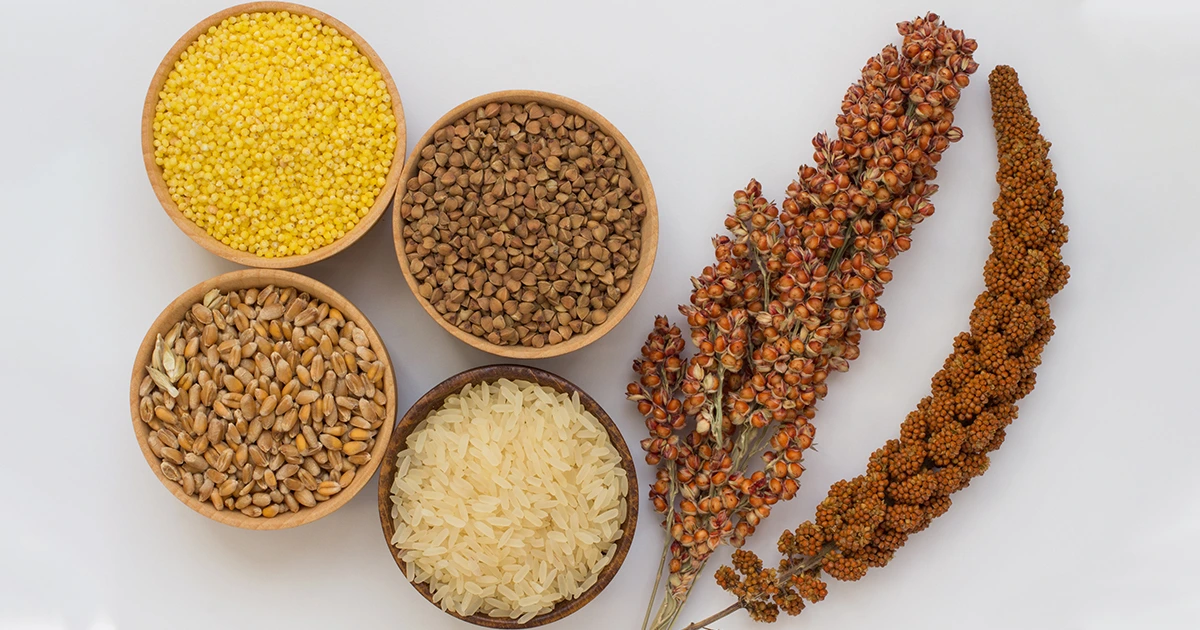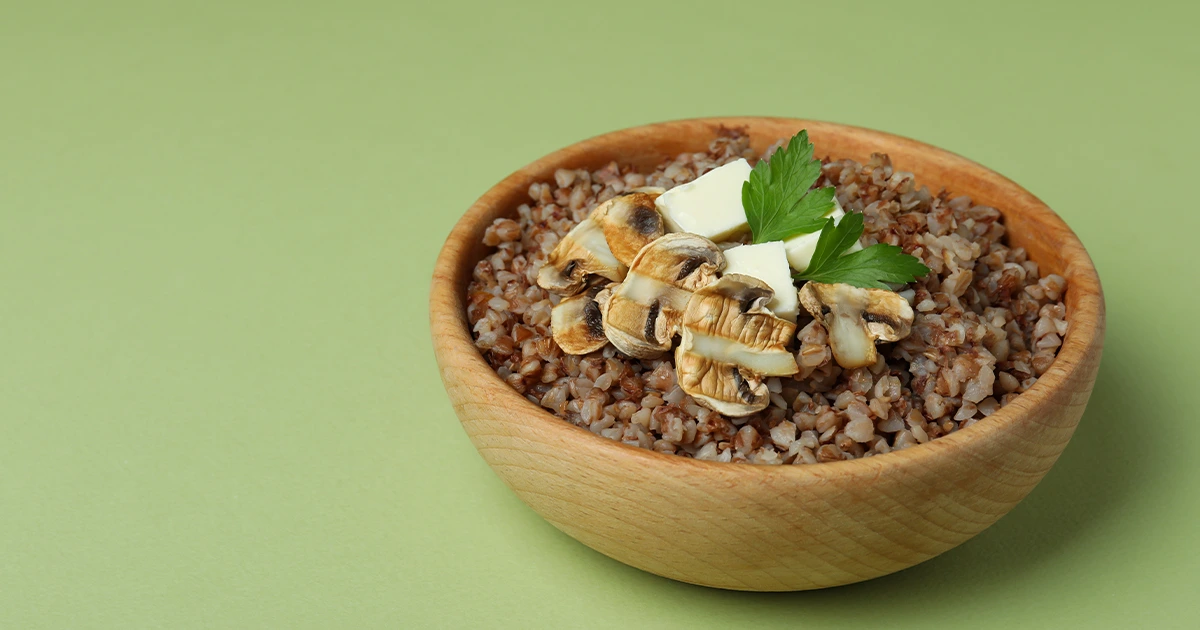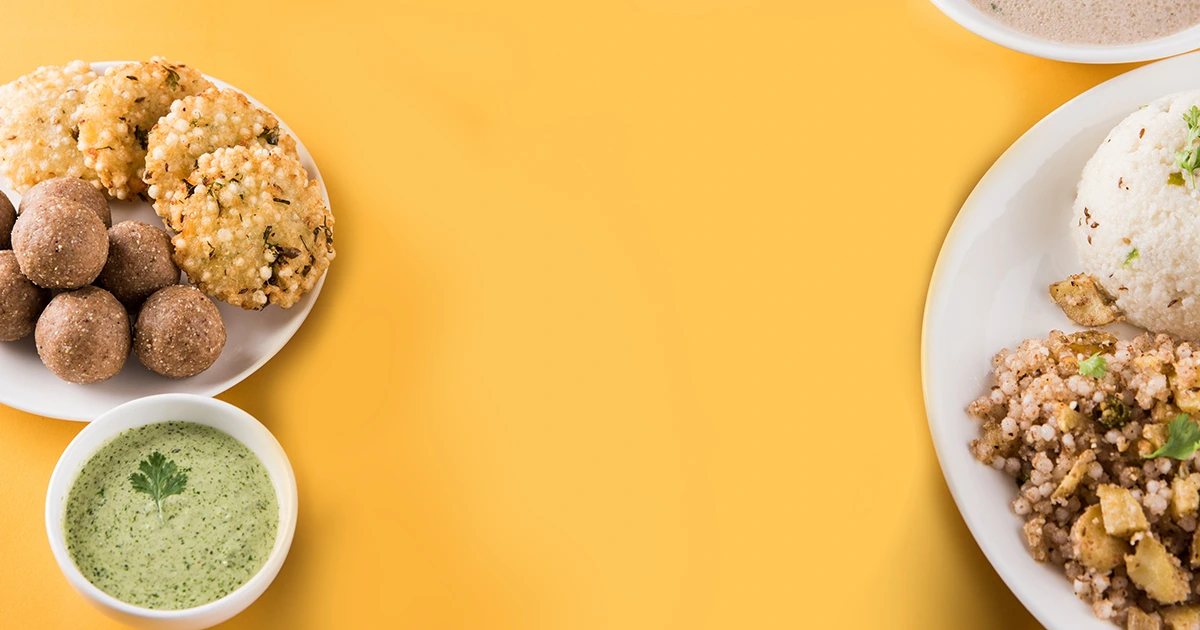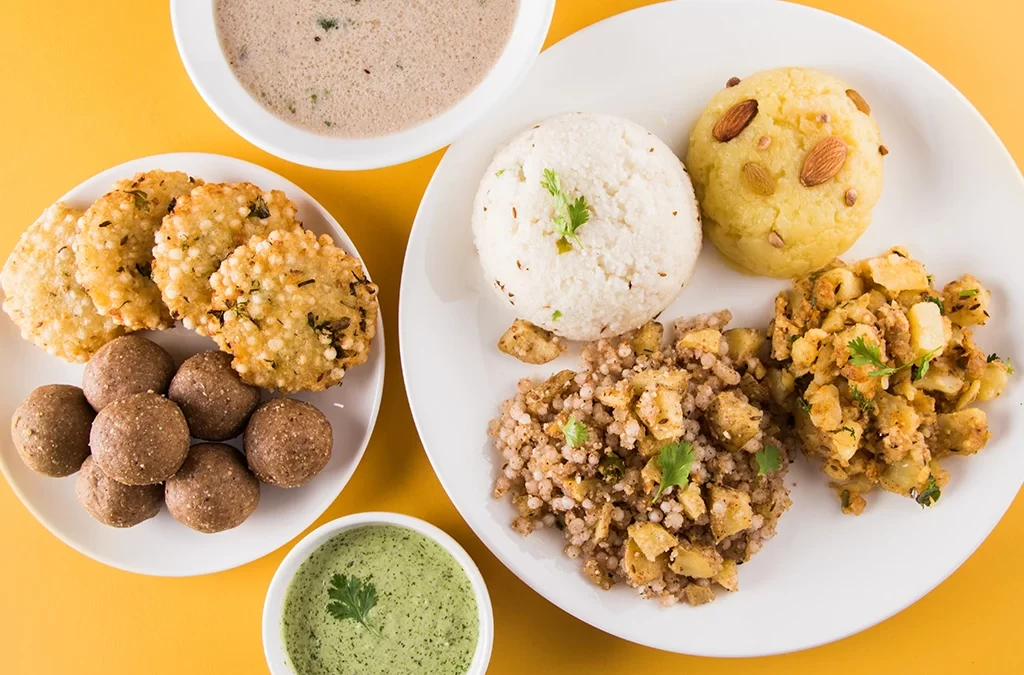There are some grains that many people are unaware of in the vast scope of Indian cooking. These ancient grains have been a staple of Indian cuisine for centuries and are noteworthy for a variety of reasons. Let’s explore them together and discover why they’re so vital to our health and culture.
Ancient Grains That Add Their Special Touch to Indian Cooking

Sorghum – Jowar: A Resilient Ancient Grain
About:
Sorghum, also known as Jowar, has been around for more than 3000 years. It originated in Africa and thrives in harsh environments.
How We Use It:
Jowar is used to make a flatbread called “Jowar Roti” in India. This bread is gluten-free and packed with nutrients. Jowar is also used to make oatmeal, dosas, and beverages.
Good Stuff Inside:
Jowar contains fibre, protein, and other nutrients that help maintain our blood sugar stable. It is beneficial to diabetics and a healthy choice for everyone.
Barnyard Millet – Sanwa: Tiny but Powerful
About:
Sanwa, or barnyard millet, is an Asian plant that has been around for a long time. Even though it’s little, it’s packed with high nutritional value.
How We Use It:
In Indian cooking, Sanwa is used in a variety of recipes, particularly during religious fasting periods. It complements oatmeal, pulao, dosas, and flatbreads wonderfully, and enhances the flavor of our food.
Good Stuff Inside:
Sanwa is high in iron, calcium, and fibre. It is beneficial for people who need a gluten-free diet, as well as for weight and blood sugar control.
Buckwheat – Kuttu: Not Wheat, But Still Good
About:
Despite the similar names, Buckwheat is not actually linked to wheat. It originated in Central Asia and has been in India for a long time since.
How We Use It:
Buckwheat flour, also known as Kuttu, is used during festivals and Hindu fasting days. Kuttu Ki Puri, Kutte Ke Pakode and Kuttu Ka Dosa are the commonly prepared specialties among Indians. However, it can also be used in everyday meals such as pancakes, oatmeal, and noodles.
Good Stuff Inside:
Buckwheat is high in fibre and nutrients, including amino acids and minerals. It’s healthy to include in our diets and helpful for our hearts too.

Foxtail Millet – Kangni: Making a Comeback
About:
Kangni, or Foxtail Millet, has a long history in traditional cultivation. People are now rediscovering its health benefits as it makes a comeback.
How We Use It:
Foxtail Millet is a diverse ingredient that can be used in a variety of dishes, from savory to sweet food items. It has a mellow and nutty flavor that compliments a variety of foods.
Good Stuff Inside:
Kangni is beneficial to digestion and also aids in blood sugar regulation. It provides vital nutrients such as magnesium and phosphorus.

Enjoy traditional meals on train with Zoop
IRCTC’s official e-catering partner, Zoop is the go-to application for ordering yummy meals on trains without any hassle. With Zoop, enjoy your favorite traditional meals on train with just a few clicks. It also allows you to track your food in real-time, and offers special features like – setting dietary preferences, ordering food in bulk for large groups, adding discounts to your order, and so on. Zoop partners exclusively with FSSAI-approved restaurants, ensuring safe, fresh and hygienic food availability on trains. Now, meals on train are not just a necessity but an experience with top quality assurance!
Conclusion
Let us not forget the grains that have been with us for a very long time as we look at the various grains used in Indian cooking. They are not only delicious but are also beneficial to our health. Using these ancient grains in our meals ties us to our heritage and allows us to experience the rich spectrum of Indian cuisine.
Traditional meals on train with ancient grains & cooking methods are now just a few clicks away and your order will be delivered right to your train seat. So, “Zoop it” now and plan your meals just as you plan your journeys to unravel the magic of traditional Indian cooking as you travel.



